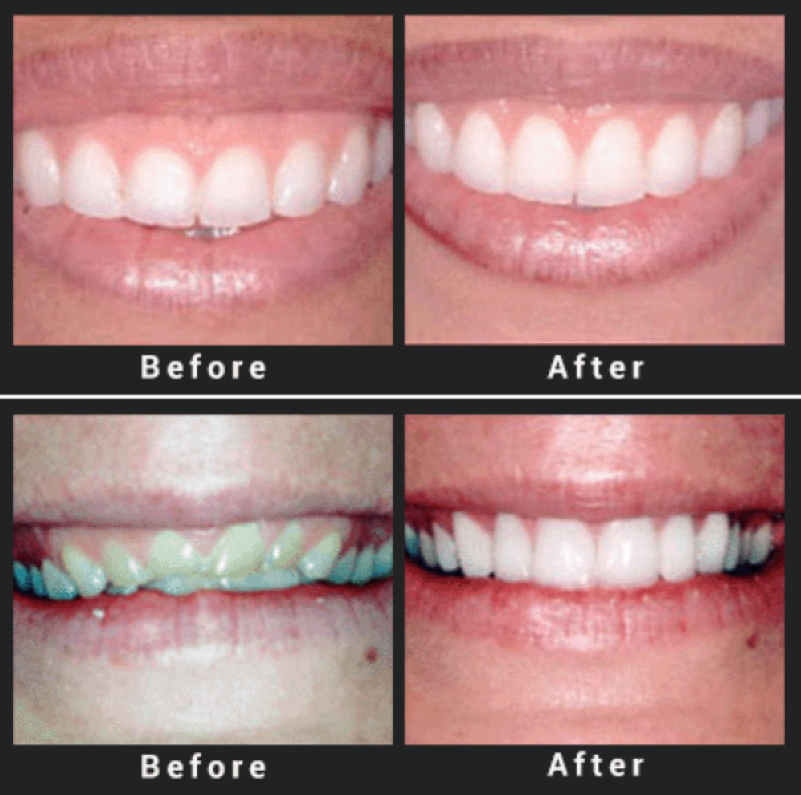+919790726189

This is your website preview.
Currently it only shows your basic business info. Start adding relevant business details such as description, images and products or services to gain your customers attention by using Boost 360 android app / iOS App / web portal.
CROWN LENGTHENING AT WEST MAMBALAM ASHOK NAGAR ...

CROWN LENGTHENING AT WEST MAMBALAM ASHOK NAGAR CHENNAI Crown Lengthening Procedure and Indications Crown lengthening is a common periodontal surgical procedure that involves reshaping the gum tissue and sometimes the underlying bone to expose more of a tooth’s surface. This technique is often performed to improve dental aesthetics, facilitate restorative dental procedures, and treat specific oral health conditions. In this comprehensive blog, we will delve into the crown lengthening procedure, its indications, benefits, risks, and post-operative care. Understanding Crown Lengthening Crown lengthening is a surgical dental procedure aimed at increasing the visible portion of a tooth by removing excess gum tissue, and in some cases, a portion of the bone. This procedure is often performed by a periodontist or an oral surgeon. It is commonly used to correct a "gummy smile, " prepare a tooth for a crown or filling, or address dental decay that extends below the gum line. Types of Crown Lengthening Aesthetic Crown Lengthening: Performed to improve the appearance of a person’s smile by reshaping the gum line. Functional Crown Lengthening: Done to expose more of a tooth’s structure for restorative procedures such as fillings or crowns. Therapeutic Crown Lengthening: Required to remove excess gum tissue that may be contributing to periodontal disease. Indications for Crown Lengthening Crown lengthening is recommended for several reasons, including functional and cosmetic needs. Below are some key indications: 1. Excessive Gingival Display (Gummy Smile) Individuals with excessive gum tissue covering their teeth may feel self-conscious about their smile. Crown lengthening can sculpt the gum line to reveal more of the teeth, creating a more balanced and aesthetically pleasing smile. 2. Tooth Decay Below the Gum Line In cases where tooth decay extends beneath the gum line, it becomes difficult for a dentist to restore the tooth properly. Crown lengthening helps expose the affected area, making it accessible for treatment. 3. Insufficient Tooth Structure for Restoration When a tooth breaks or wears down to the gum line, there may not be enough structure to support a filling or a dental crown. By lengthening the crown, the tooth gains more surface area for restoration. 4. Fractured Teeth A tooth that has fractured below the gum line may require crown lengthening to expose enough of its structure for effective restoration. 5. Dental Crowns and Bridges Placement To ensure a secure fit for dental crowns or bridges, sufficient tooth structure must be visible above the gum line. Crown lengthening helps expose the necessary portion of the tooth. The Crown Lengthening Procedure The procedure involves several steps and is typically performed under local anesthesia. Here’s what to expect: Pre-Operative Considerations Before undergoing crown lengthening, the dentist or periodontist will evaluate the patient’s oral health, take X-rays, and discuss treatment goals. Step-by-Step Procedure Anesthesia: Local anesthesia is administered to numb the treatment area. Incisions and Tissue Removal: The periodontist makes small incisions in the gums to separate the soft tissue from the tooth. Bone Reshaping (If Needed): In some cases, a small portion of the bone is removed to achieve the desired length. Gum Repositioning: The gums are sutured back into place once the proper amount of tooth is exposed. Healing and Recovery: The site is cleaned, and the patient is provided with post-operative care instructions. Recovery and Post-Operative Care Recovery from crown lengthening typically takes a few weeks. Key aspects of post-operative care include: Managing Discomfort Over-the-counter pain relievers such as ibuprofen can help manage pain. Cold compresses can reduce swelling and discomfort. Oral Hygiene Avoid brushing directly on the surgical site for a few days. Use a prescribed antibacterial mouthwash to prevent infection. Dietary Recommendations Stick to soft foods for the first few days. Avoid hot, spicy, and hard foods that may irritate the surgical area. Follow-Up Appointments Patients should attend scheduled follow-ups to monitor healing and ensure optimal results. Risks and Complications As with any surgical procedure, crown lengthening comes with some risks, including: Post-Operative Infection: Proper oral hygiene helps minimize the risk of infection. Gum Recession: In some cases, the gums may recede further than expected. Tooth Sensitivity: Removing gum tissue and bone may expose the roots, leading to increased sensitivity. Healing Delays: Smoking and poor oral hygiene can slow down the healing process. Benefits of Crown Lengthening Improved Smile Aesthetics: Enhances the appearance of short teeth and corrects a gummy smile. Facilitates Dental Restorations: Enables proper placement of crowns and fillings. Enhances Oral Health: Reduces the risk of gum disease and decay. Increases Tooth Longevity: Strengthens the remaining tooth structure for long-term dental health. Conclusion Crown lengthening is a valuable dental procedure that enhances both function and aesthetics. Whether performed for cosmetic reasons or as a prerequisite for restorative treatments, it plays a crucial role in comprehensive dental care. If you are considering crown lengthening, consult with a periodontist to determine if it is the right solution for your dental needs. Proper post-operative care and follow-up visits will ensure the best outcomes for your smile and oral health. Dental Clinics in West Mambalam Dentists in West Mambalam Dentists in Ashok Nagar Best dentist near me Best Dental Clinics in West Mambalam Oral surgeon in West Mambalam Dental Implants in West Mambalam Oral surgeon in Ashok Nagar Painless tooth removal at West Mambalam Rootcanal treatment at West Mambalam Top rated dentist in West Mambalam

